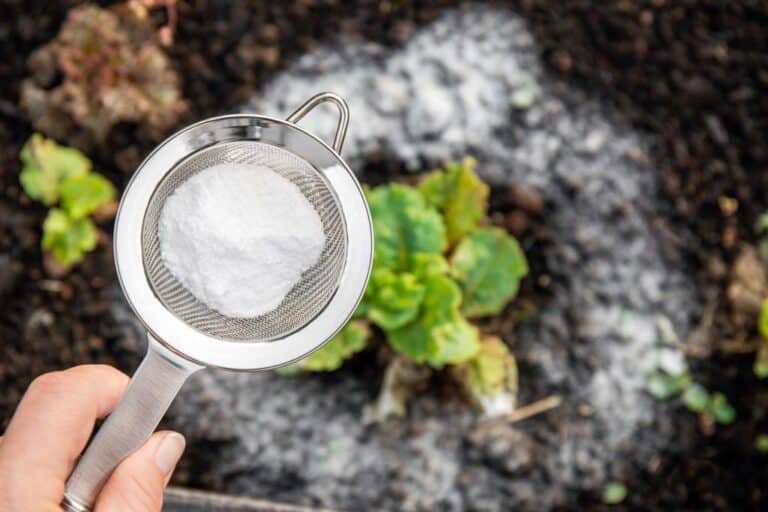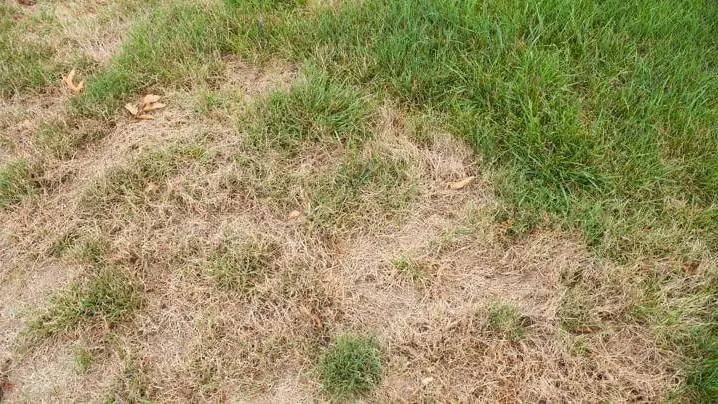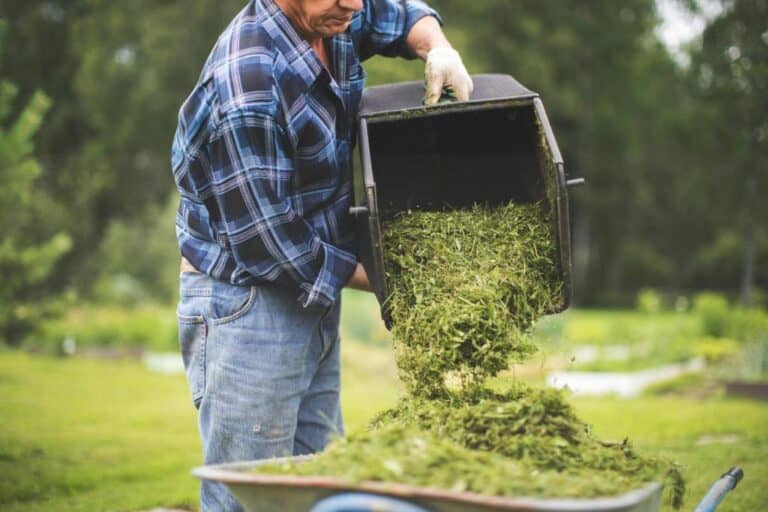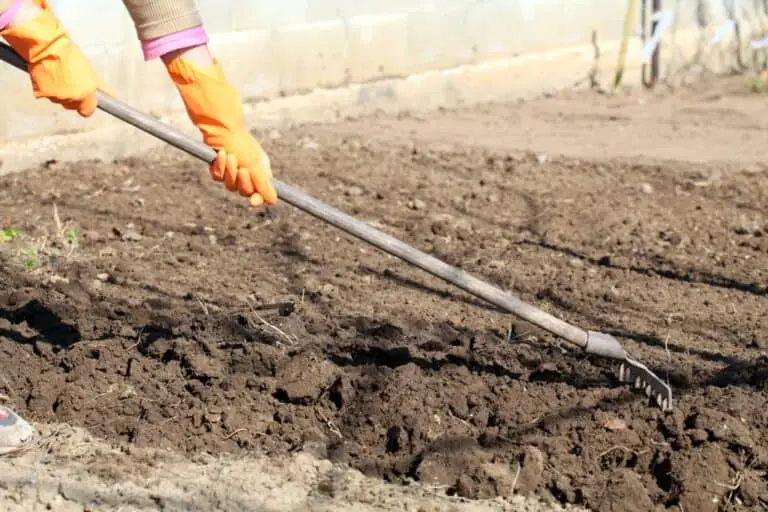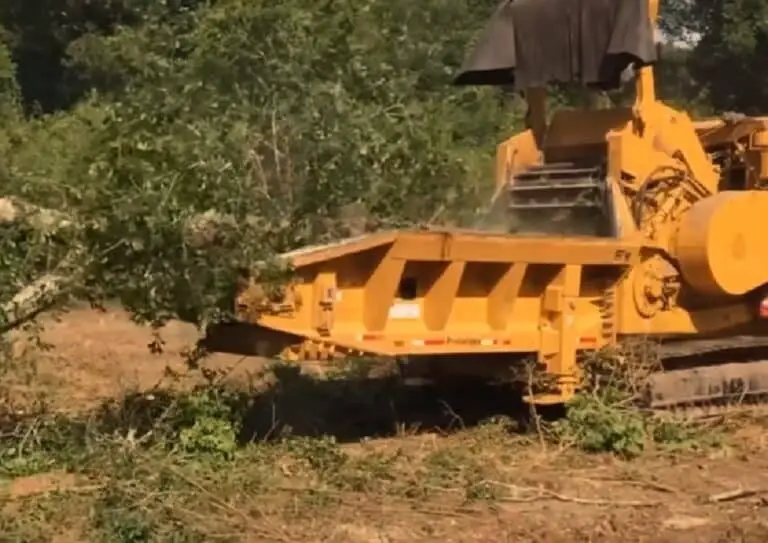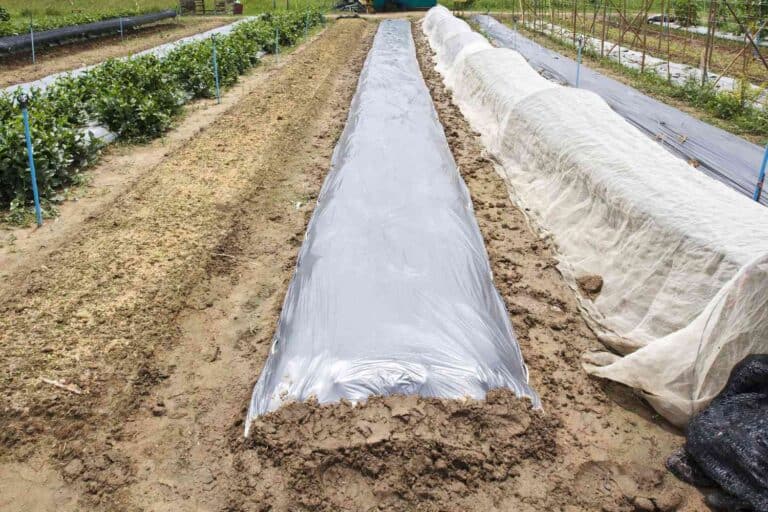Moss on Trees: What Causes It and How to Remove It
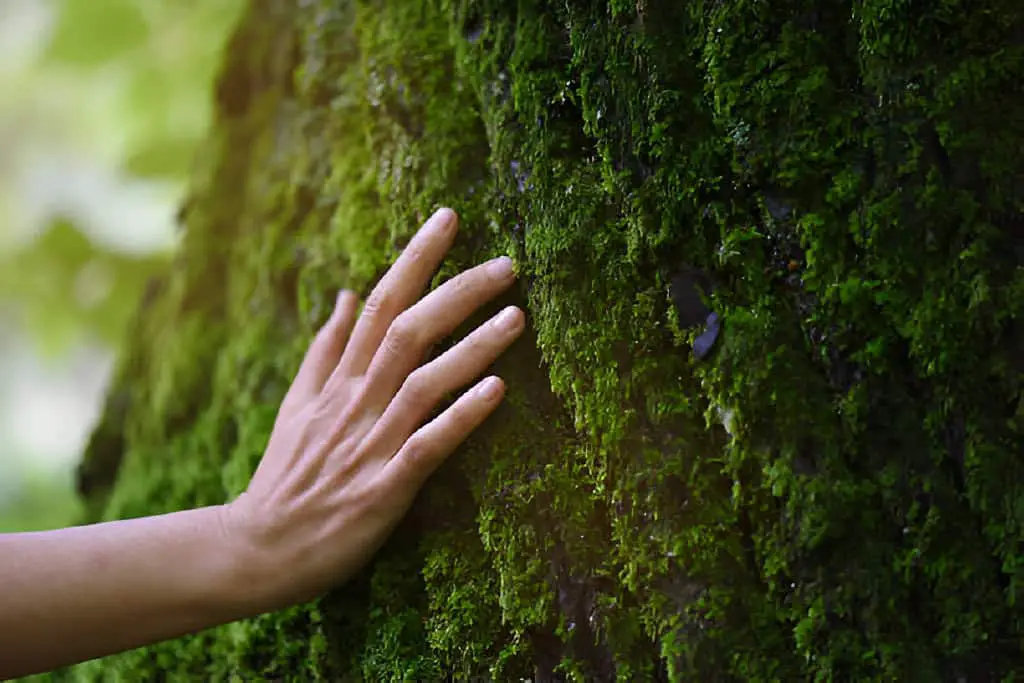
Have you noticed moss growing on the trees in your yard or garden? While moss can add a picturesque charm to trees, its presence may indicate underlying issues affecting tree health. Understanding the causes of moss growth on trees is key to effectively managing and maintaining their well-being.
In this article, we’ll explore the factors that contribute to moss growth, from environmental conditions to tree health. We’ll also discuss practical methods and tips for safely removing the moss from trees and preventing its return. Whether you’re a homeowner, gardener, or tree enthusiast, learning about moss on trees can help you preserve their beauty and longevity.
You will be gaining a deeper understanding of why moss grows on trees and acquiring practical knowledge on how to safely remove it. By implementing the techniques discussed, you’ll be able to maintain healthier trees and enhance the overall aesthetics of your outdoor space.
What Causes Moss to Grow on Trees?
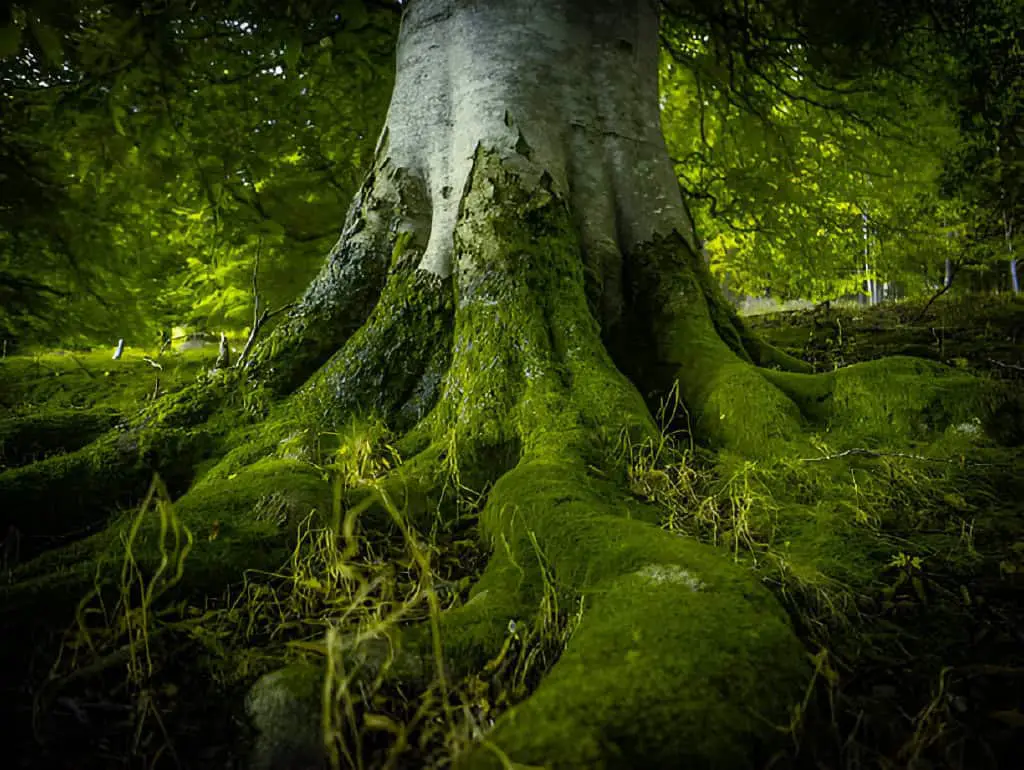
Environmental Conditions
Moss thrives in environments that are shady, moist, and cool. These conditions are often found in forests, near bodies of water, or in gardens with dense tree canopies. Moss spores, which are always present in the air, can easily take hold and grow in these favorable settings. Once established, moss can spread quickly, covering tree bark and other surfaces.
Tree Health and Bark Characteristics
The health and type of tree bark can also influence moss growth. Trees with rough, textured bark provide an ideal surface for moss to anchor itself. Additionally, older trees or those with thinning canopies that allow more light to reach the trunk may develop moss more readily. While moss itself is not harmful to trees, it can indicate underlying issues such as poor air circulation or excess moisture.
Lack of Sunlight
Sunlight plays a significant role in preventing moss growth. Moss is more likely to grow on trees that are in the shade of larger trees, buildings, or other structures. Without adequate sunlight, the tree’s bark remains damp for longer periods, creating an inviting environment for moss spores to settle and grow.
Is Moss Harmful to Trees?
Moss growing on trees is a common sight, often raising questions about its impact on tree health. Understanding whether moss is harmful requires considering several factors.
Moss itself is generally not harmful to trees. It’s a non-parasitic plant that thrives in moist and shady environments, using trees as a substrate for attachment. Moss can even indicate a healthy microclimate with adequate moisture and minimal air pollution.
However, excessive moss growth can indicate underlying issues. Here are key points to consider:
- Moisture Levels: Moss thrives in damp conditions. While it doesn’t directly harm trees, it can indicate persistent moisture, which might lead to fungal issues or rot if left unchecked.
- Sunlight and Air Circulation: Dense moss coverage can block sunlight and reduce airflow to tree bark, potentially hindering photosynthesis and gas exchange processes.
- Tree Health: Trees with weak or damaged bark are more susceptible to moss colonization. Addressing any underlying tree health issues can reduce moss growth.
Table: Factors to Consider Regarding Moss on Trees
| Factor | Description |
| Moisture Levels | Moss thrives in damp conditions, indicating potential moisture issues. |
| Sunlight and Air Circulation | Dense moss can block sunlight and airflow, impacting tree health. |
| Tree Health | Address underlying tree health issues to minimize moss growth. |
In conclusion, while moss itself is not harmful, its presence can signal environmental conditions that might affect tree health. Monitoring moss growth and addressing any underlying issues can help maintain the vitality of trees in your landscape.
How to Remove Moss from Trees
Manual Removal
One of the simplest methods for removing moss is manual removal. This involves gently scrubbing the moss off the tree bark using a soft brush or a cloth. Here’s a step-by-step guide:
- Preparation: Wear gloves and protective eyewear to prevent debris from getting into your eyes.
- Tools: Use a soft brush or a piece of cloth. Avoid using metal brushes or tools that could damage the bark.
- Technique: Gently scrub the moss off the bark in a downward motion. Be careful not to strip away the bark or harm the tree.
- Clean-Up: Collect the removed moss and dispose of it properly to prevent spores from spreading.
Chemical Treatments
Chemical treatments can be effective for large-scale moss removal, but they should be used cautiously. Here are some common chemical options:
- Lime Sulfur: This fungicide can help control moss growth. Follow the manufacturer’s instructions for application rates and safety precautions.
- Copper Sulfate: Another option for treating moss, copper sulfate should be applied carefully to avoid damaging the tree or surrounding plants.
Preventive Measures
Preventing moss from returning is essential for long-term management. Here are some preventive strategies:
- Pruning: Trim back overhanging branches to increase sunlight and air circulation around the tree.
- Improving Drainage: Ensure proper drainage around the tree base to prevent excess moisture accumulation.
- Regular Maintenance: Regularly inspect your trees for early signs of moss and address any issues promptly.
Table: Common Moss Removal Methods
| Method | Tools Needed | Pros | Cons |
| Manual Removal | Soft brush, cloth | No chemicals, immediate results | Labor-intensive, time-consuming |
| Chemical Treatment | Lime sulfur, copper sulfate | Effective for large infestations | Potential tree damage, environmental impact |
| Preventive Measures | Pruning tools | Long-term solution, improves tree health | Requires ongoing effort |
Case Studies: Successful Moss Removal
Case Study 1: Residential Garden
In a residential garden with mature oak trees, heavy moss growth was observed on the lower trunks and branches. The homeowner decided to use manual removal methods combined with pruning to increase sunlight penetration. Within a few weeks, the moss was significantly reduced, and the tree’s health improved visibly. Regular maintenance has since kept the moss at bay.
Case Study 2: Public Park
A public park faced a widespread moss problem on several decorative cherry trees. Due to the scale of the issue, the park management opted for a combination of chemical treatment and manual removal. Copper sulfate was carefully applied, followed by gentle scrubbing of the remaining moss. The trees were then pruned to enhance air circulation. This integrated approach effectively cleared the moss and restored the trees’ visual appeal.
Conclusion
Moss on trees, while not inherently harmful, can be a sign of environmental conditions that need addressing. By understanding the causes of moss growth and implementing effective removal and preventive strategies, you can maintain the health and beauty of your trees. Whether you choose manual methods, chemical treatments, or preventive measures, regular maintenance is key to keeping your trees moss-free.
Incorporate these practices into your tree care routine to ensure a thriving, aesthetically pleasing landscape. With the right approach, moss can be managed effectively, allowing your trees to flourish and enhance the natural beauty of your surroundings.

